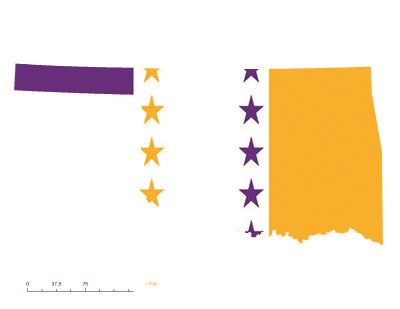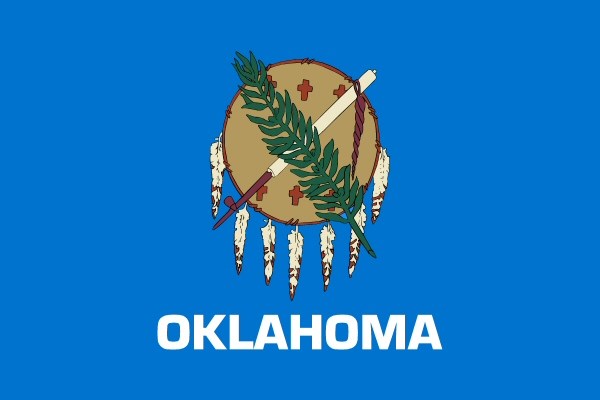Last updated: October 2, 2019
Article
Oklahoma and the 19th Amendment

Women first organized and collectively fought for suffrage at the national level in July of 1848. Suffragists such as Elizabeth Cady Stanton and Lucretia Mott convened a meeting of over 300 people in Seneca Falls, New York. In the following decades, women marched, protested, lobbied, and even went to jail. By the 1870s, women pressured Congress to vote on an amendment that would recognize their suffrage rights. This amendment was sometimes known as the Susan B. Anthony amendment and became the 19th Amendment.
The amendment reads:
"The right of citizens of the United States to vote shall not be denied or abridged by the United States or by any state on account of sex."
After decades of arguments for and against women's suffrage, Congress finally passed the 19th Amendment in June 1919. After Congress approved the 19th Amendment, at least 36 states needed to vote in favor of it for it to become law. This process is called ratification.
On February 28, 1920, Oklahoma voted to ratify the 19th Amendment. By August of 1920, 36 states (including Oklahoma) ratified the amendment and it became law, ensuring that the right to vote could not be denied based on sex.

Oklahoma Places of Women's Suffrage: State Capitol Building
In 1907, Oklahoma Territory became the state of Oklahoma. In the new state constitution, despite decades of organizing, women were granted the right to vote in school elections only. In 1918, Oklahoma voted on a state constitutional amendment for women's suffrage. On November 5, 1918, almost two years before the ratification of the 19th Amendment, Oklahoma passed a universal women's suffrage amendment to their state constitution, 106,909 votes for to 81,481 votes against. The state constitution was signed at the State Capitol Building, which is listed on the National Register of Historic Places. The building is open for tours by appointment.

The State Capitol Building is an important place in the story of ratification. It is listed on the National Register of Historic Places.
